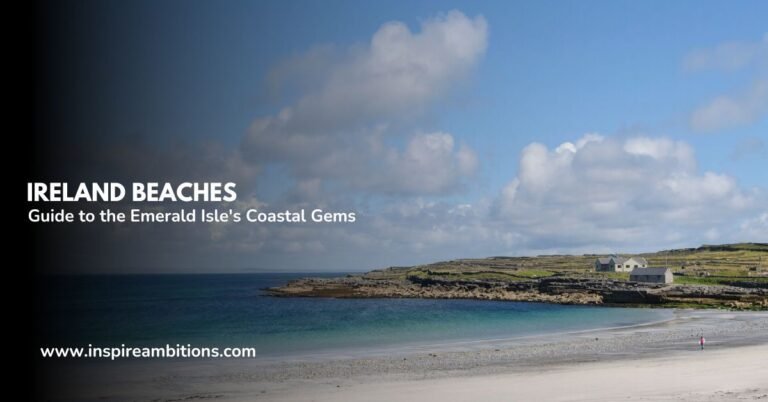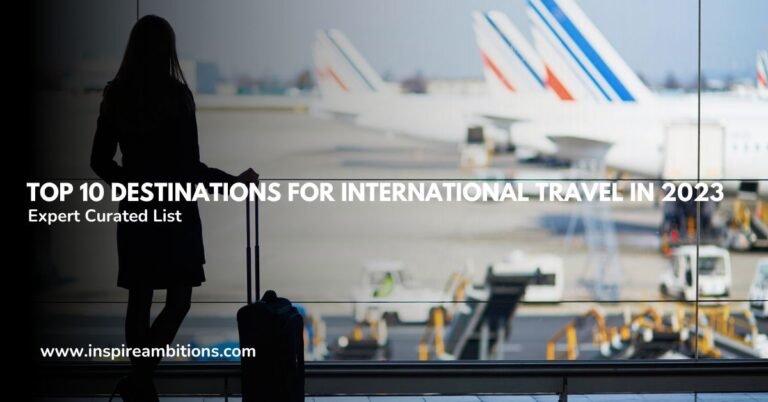Worst Time to Go to Ireland – Avoiding Travel Pitfalls
When planning your trip to Ireland, you might want to avoid the peak summer months. While Ireland’s lush landscapes and vibrant culture make it a year-round destination, the summer season sees a significant increase in both airfare and accommodation rates due to its popularity.
If you’re hoping to find better deals and experience the country without the bustling crowds, summer may not be the ideal time for your visit.
Understanding the climate and tourism trends can help you decide when to pack your bags for Ireland. The warmest months of July and August offer long days of sunshine, but they also bring rain and the height of the tourist season, which can lead to overcrowded attractions.
For a more tranquil and cost-effective journey, consider visiting during other times of the year.
Visit Ireland in off-peak times like spring or fall to enjoy moderate weather and smaller crowds. These seasons are known for offering a équilibre of pleasant weather and affordable travel options.
Keep in mind that the country’s weather can be unpredictable, so it is wise to pack layers and be prepared for rain or shine as you explore the Emerald Isle.
Considering the Seasons and Weather Patterns
When planning your trip to Ireland, understanding how the seasons and weather can impact your experience is critical.
Challenges of Winter Travel
Winter in Ireland brings shorter days and longer nights, with temperatures that often dip below 0°C. The risk of encountering both rain and snow increases, making some rural areas particularly difficult to navigate.
Transportation disruptions can be common due to unpredictable weather, including storms and icy conditions.
Travelling during the off-peak period, spanning from late autumn to early spring, can offer some advantages, such as fewer tourists and lower prices. However, you may face cold weather and high chances of rainfall.
Despite this, exploring Ireland in these months allows you to experience the country’s raw beauty, often enhanced by dramatic weather.
Tourism Dynamics and Travel Considerations
Choosing the right time to travel can significantly impact your experiences and expenses. In Ireland, the contrast between the peak tourist season and the off-season influences not only crowd sizes but also the disponibilité et prix of flights and accommodations.
Peak vs. Off-Season Tourism
During the high season, typically summer, you can expect larger crowds at popular tourist destinations. Accommodation and airfare rates skyrocket, as this is when most tourists flock to Ireland to take advantage of the milder weather.
If you’re on a tight budget or prefer less crowded spaces, the off-season—particularly the winter months—provides a quieter and more affordable travel experience. However, be prepared for shorter days and potentially challenging weather conditions that could affect your plans.
- Peak Season: Summer (June to August)
- Avantages: Better weather, longer daylight hours.
- Les inconvénients: Higher costs, larger crowds.
- Off-Season: Winter (Late November to February)
- Avantages: Lower accommodation and flight costs.
- Les inconvénients: Less favourable weather, shorter days.
Understanding Crowd Patterns
Knowing when tourists are most likely to visit can help you plan your trip more effectively. Spring and autumn, known as the shoulder seasons, offer a balance with moderate weather and relatively fewer tourists compared to summer.
If experiencing Ireland without the hustle and bustle is your goal, plan for these times. Airfare and accommodation costs tend to be more reasonable, and you’ll get a more authentic feel for Irish life without the summer crowds.
- Tourist Season Patterns:
- High Season: Large crowds, summer festivals, higher prices.
- Shoulder Seasons: Spring (March to May) and Fall (September to November).
- Low Season: Sparse crowds, significant savings on travel expenses.
By understanding these dynamics, you’re better positioned to select the best time for your Ireland trip that aligns with your preferences for crowd levels and budget considerations.






